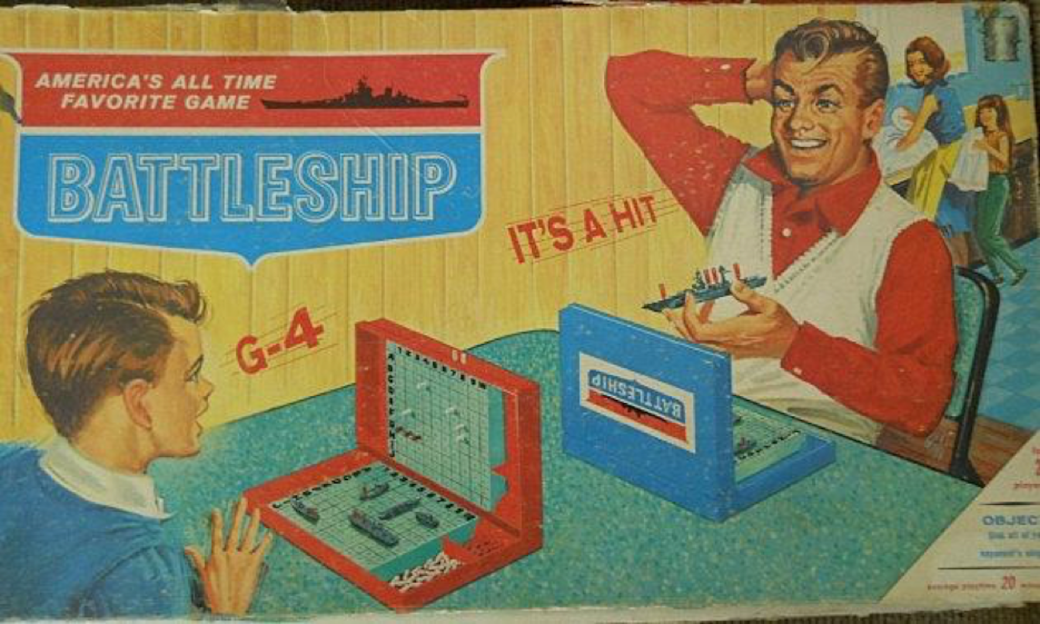Toxic masculinity and other opportunities
22 March, 2018 Reading: 4:03 mins
At a Most Contagious event in London towards the end of last year, there was much talk about ‘toxic masculinity’ and the roles brands play in influencing attitudes to masculinity and gender. It’s an emotive topic, and one that some brands have latched on to in clever ways, turning contentious issues into opportunities.

At a Most Contagious event in London towards the end of last year, there was much talk about ‘toxic masculinity’ and the roles brands play in influencing attitudes to masculinity and gender. It’s an emotive topic, and one that some brands have latched on to in clever ways, turning contentious issues into opportunities.
Research shows men have worryingly high rates of mental health issues and even suicide (more than one a day in New Zealand!) and there was discussion around men feeling ‘trapped inside the boy box’. To me, our industry can take some blame here: ads focused on men can still be largely stereotyped (shavers, cars and holidays). While car brands finally seem to be targeting women more, but it’s a rare brand that shows men using a washing machine, or in any kind of carer role.
Similarly, brands rarely step outside of youthful, beautiful and apparently straight gender portrayals. Their communications are largely one-to-many and address sizeable audiences, so we have both a responsibility and an opportunity here. Responsibility to reflect the real world more – and perhaps opportunities to be memorable, really own something different and start a relevant dialogue.
We’ve moved on from truly car-crash stereotyping like the example in the banner image, but at a far more subtle level you should expect your agency to help you stay awake to reinforcing stereotypes and be very alert to the potential to offend some groups. There’s also the opportunities to target quite clear subgroups, perhaps by being part of a dialogue they want to join or making a statement that will stimulate comment.
Fashion brand Jigsaw is taking a powerful step with their ‘heart immigration’ campaign. Clearly immigration is a divisive issue and one of the main Brexit-related flashpoints, so they felt this strongly pro-immigration stance was appropriate to a global UK brand, ‘showed the brand stood for something’ and provided opportunities to celebrate their diverse base of models.
Meanwhile, on a more light hearted level, Rowse Honey’s three ‘bears’ ads got a great reaction from social media videos featuring porridge and honey breakfasts created by three large, bearded gay housemates. What these two have in common is they make a clear statement and have a clear long-term strategic core. All your communications should spring from a durable brand articulation spelling out what you do, for whom and why. Your brand values will be part of this, and those values should be evident over time in what, how, when and where you communicate. Research shows that, if done consistently and well, this will attract and retain your target customers and boost the value of your brand. Along the way it’s likely to make day-to-day marketing decisions easier and more consistent.
We’re seeing more of this too when it comes to tackling masculinity and male stereotypes. For example, it’s well known that when men suffer from mental health issues they are far less likely to seek help or report them. In the UK two-thirds of suicides are by men, while in New Zealand it’s three out of four, and celebrities such as Jim Carrey and Olly Murs have talked of many years suffering with depression before finally seeking help. LADbible’s ‘UOKm8’ campaign focused on areas like this to encourage men to connect with each other and seek help where needed, showing the scale of the issue.
Elsewhere, a recent survey showed that Japanese men spend an average of 34 minutes a day on personal grooming, so traditionally single-gender markets such as the high-margin multibillion dollar make-up industry are seeing significant shifts as more and more men buy and wear it. Many brands such as Sleek are already working in this space, with Sleek pitching ‘my face my rules’.
So things are changing. While stereotypes about masculinity are still all around us, brands are showing that an alternative approach can really stand out to audiences, and create meaningful dialogue at the same time. Ask yourself: is there an opportunity for your brand to do something a little unexpected and different, something that will be ground-breaking or provide a touchstone for changing attitudes? Can your brand reflect a changing world, or is it currently reinforcing increasingly simplistic views? And what message do you want to send to your key audiences?
The answer might inject something fresh and vital into your communications, and break down some of the constraints that a lot of marketing material has been bound by.
